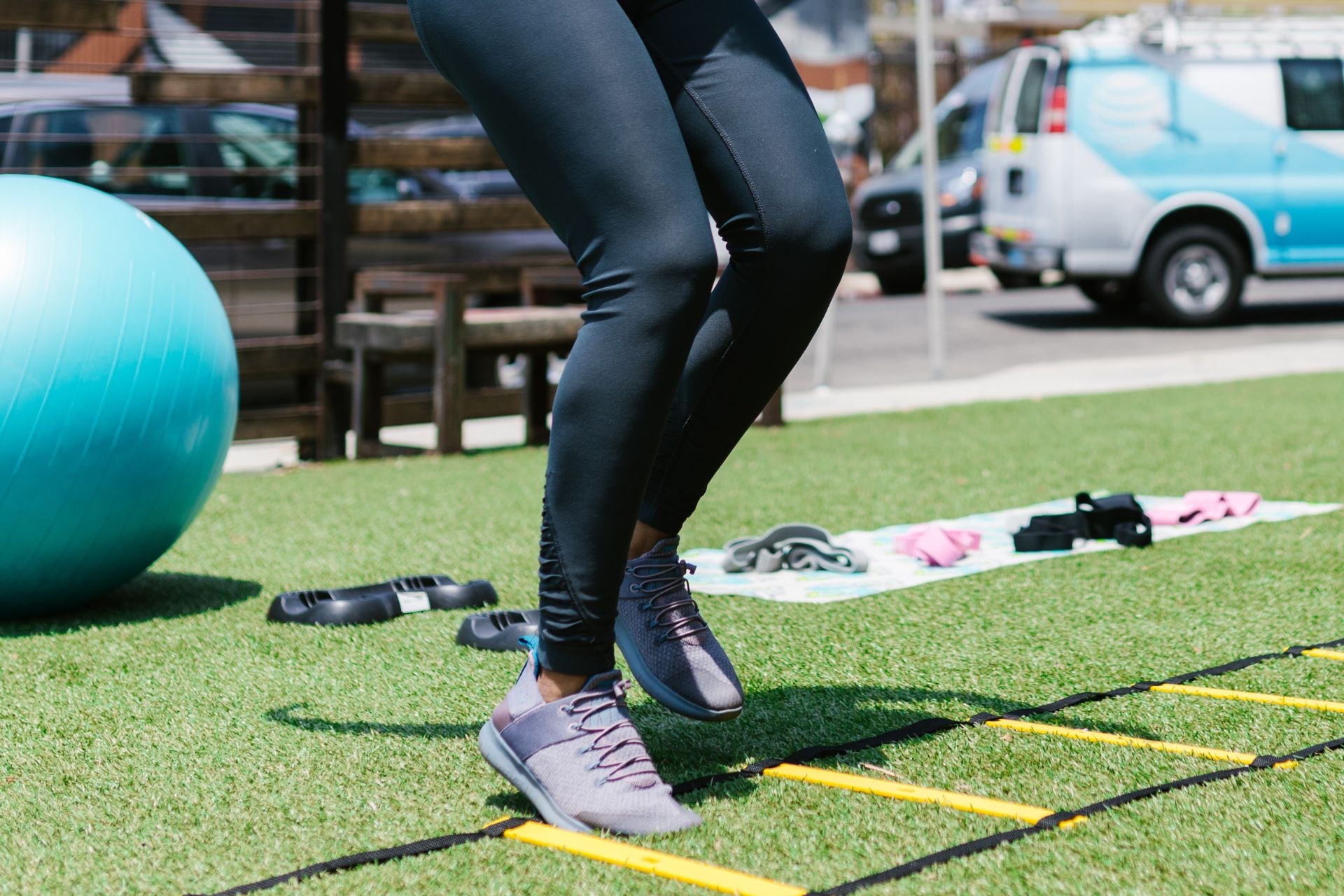Contrast Training
What are the key differences between contrast training and traditional strength training methods?
Contrast training differs from traditional strength training methods in its unique approach to combining heavy strength exercises with explosive power exercises in the same workout. This method involves performing a heavy strength exercise followed immediately by a power exercise targeting the same muscle group. This contrast in intensity helps to enhance both strength and power capabilities simultaneously, leading to greater overall athletic performance.



